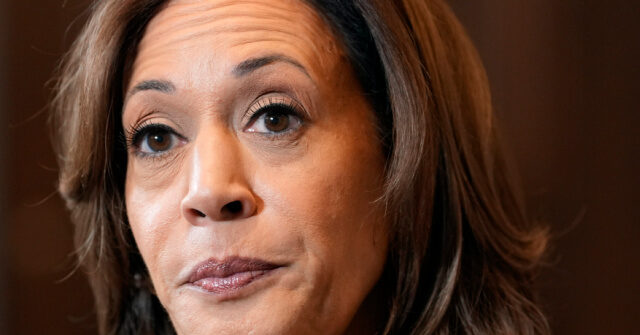The UK-based publication, The Economist, has publicly endorsed Vice President Kamala Harris for the 2024 U.S. presidential race, emphasizing its belief that a vote for her would symbolize a choice for “stability.” This endorsement, delivered by the magazine’s editor-in-chief Zanny Minton Beddoes, reflects an ongoing trend toward a more progressive stance since she took over its leadership in 2015. Under her direction, The Economist has consistently backed Democratic candidates, having previously endorsed Hillary Clinton in 2016 and Joe Biden in 2020. The endorsement of Harris signifies a commitment to a particular political ideology that prioritizes a stable governance structure over the perceived chaos associated with former President Donald Trump.
In articulating her support for Harris, Beddoes criticizes the notion that Trump’s presidency yielded more positive outcomes than negative. She describes such a view as “recklessly complacent,” signaling a stark division in political attitudes within the U.S. discourse. Beddoes argues that Harris embodies a form of stability, likely referring to the continuity of policies already established under Biden’s administration. This perspective suggests that, should Harris ascend to the presidency, the same powers and influences shaping Biden’s leadership would continue to guide her governance.
Beddoes also claims that Harris has shifted away from the more leftist ideologies traditionally associated with the Democratic Party and is instead campaigning from a centrist position. However, the recent appointment of Camila Thorndike, a far-left environmental activist, to the Harris-Walz campaign as climate engagement director raises questions about this supposed centrism. Thorndike’s previous work with Senator Bernie Sanders and her critical stance on the fossil fuel industry portray a disconnect with the conventional understanding of centrist politics, emphasizing a more radical environmental agenda.
Harris’s policies align with the magazine’s newly defined centrism, including her endorsement of Bidenomics—characterized by high inflation—alongside her open-border immigration policy and commitment to the interests of teachers’ unions. Moreover, her support for access to abortion throughout pregnancy and measures perceived to limit religious freedoms further complicate her centrist portrayal. Beddoes acknowledges Harris may not be an extraordinary president. Still, she expresses confidence that Harris would not lead the country into significant disaster, a statement that raises concerns about the definition of catastrophe in the current political climate.
The Economist’s endorsement illustrates a departure from its historical identity as a proponent of free markets and sound economic policy—a foundation that once led it to support Ronald Reagan in 1980. Instead, the publication appears to align with more left-leaning positions, a change echoed in other traditionally centrist publications that have shifted towards progressive narratives. This evolution reflects a broader trend in media and public discourse, where established outlets adopt more partisan stances.
In conclusion, The Economist’s backing of Vice President Kamala Harris signals a commitment to what it portrays as stability, yet this endorsement reveals a complex interplay between perceived centrism and far-left influences within her campaign. The tensions between Harris’s portrayal and the realities of her policies present a rich ground for analysis as the 2024 presidential race unfolds. As the political landscape becomes increasingly polarized, the implications of the magazine’s endorsement will likely contribute to ongoing debates about economic policy, social norms, and the definition of effective governance.

